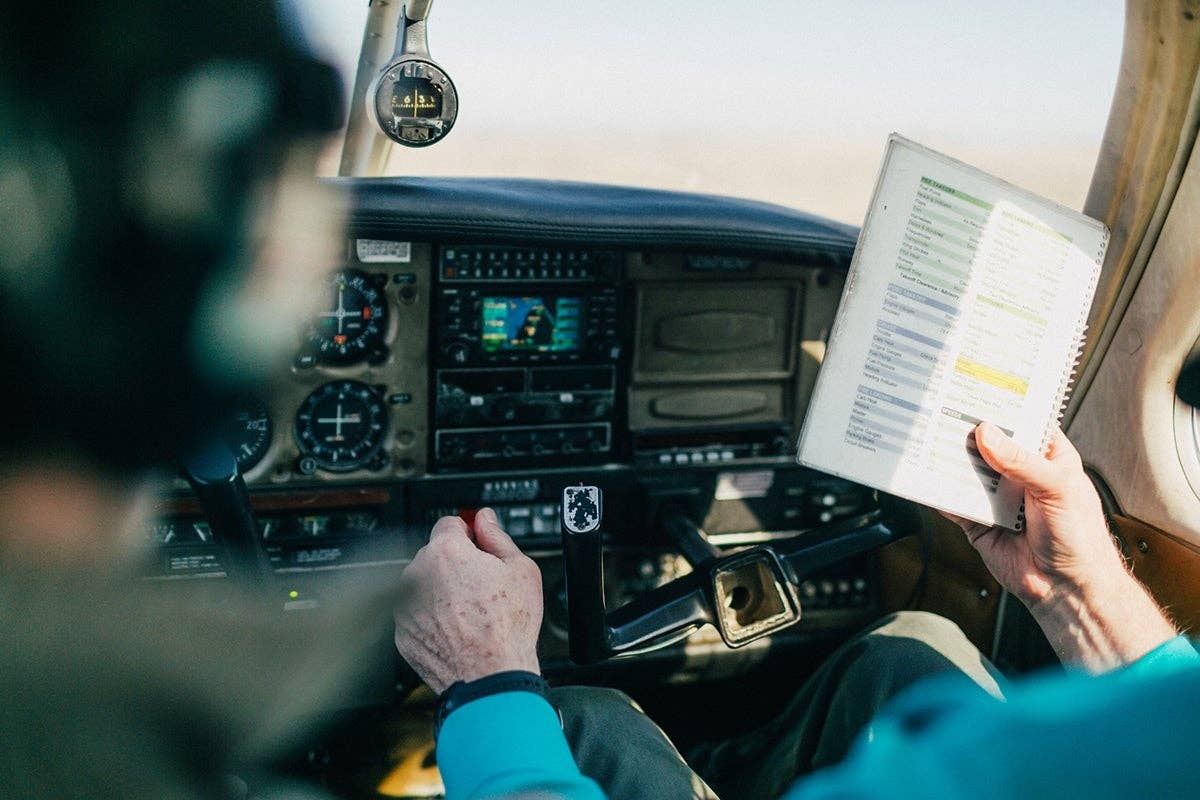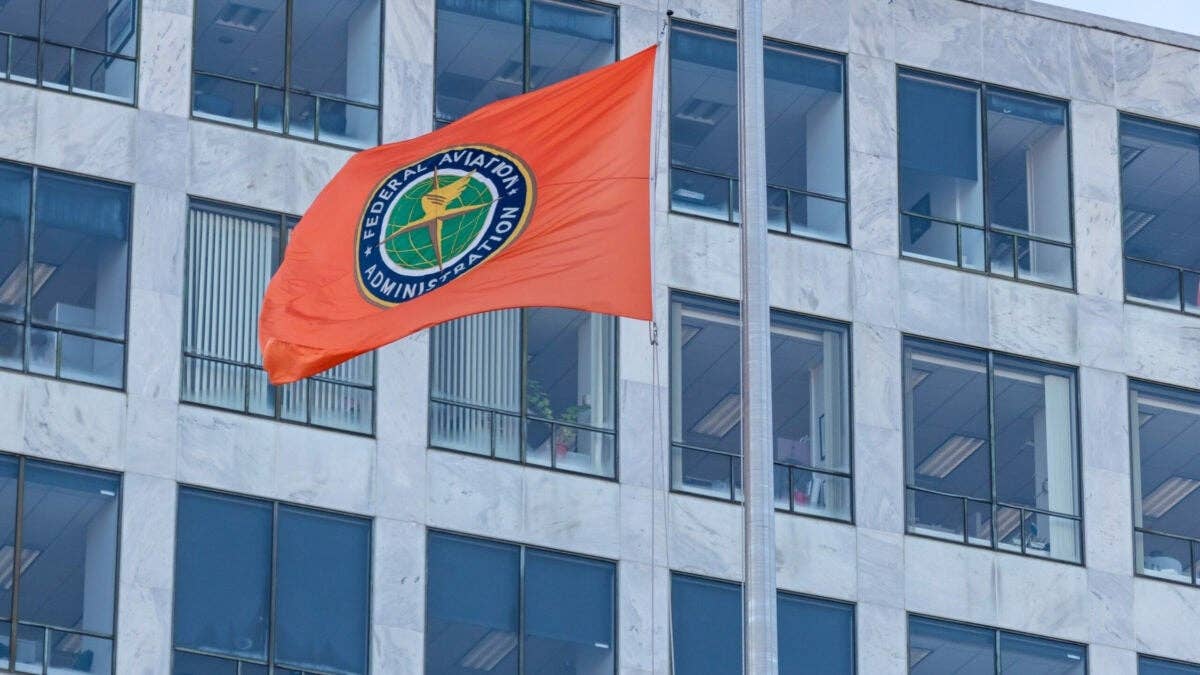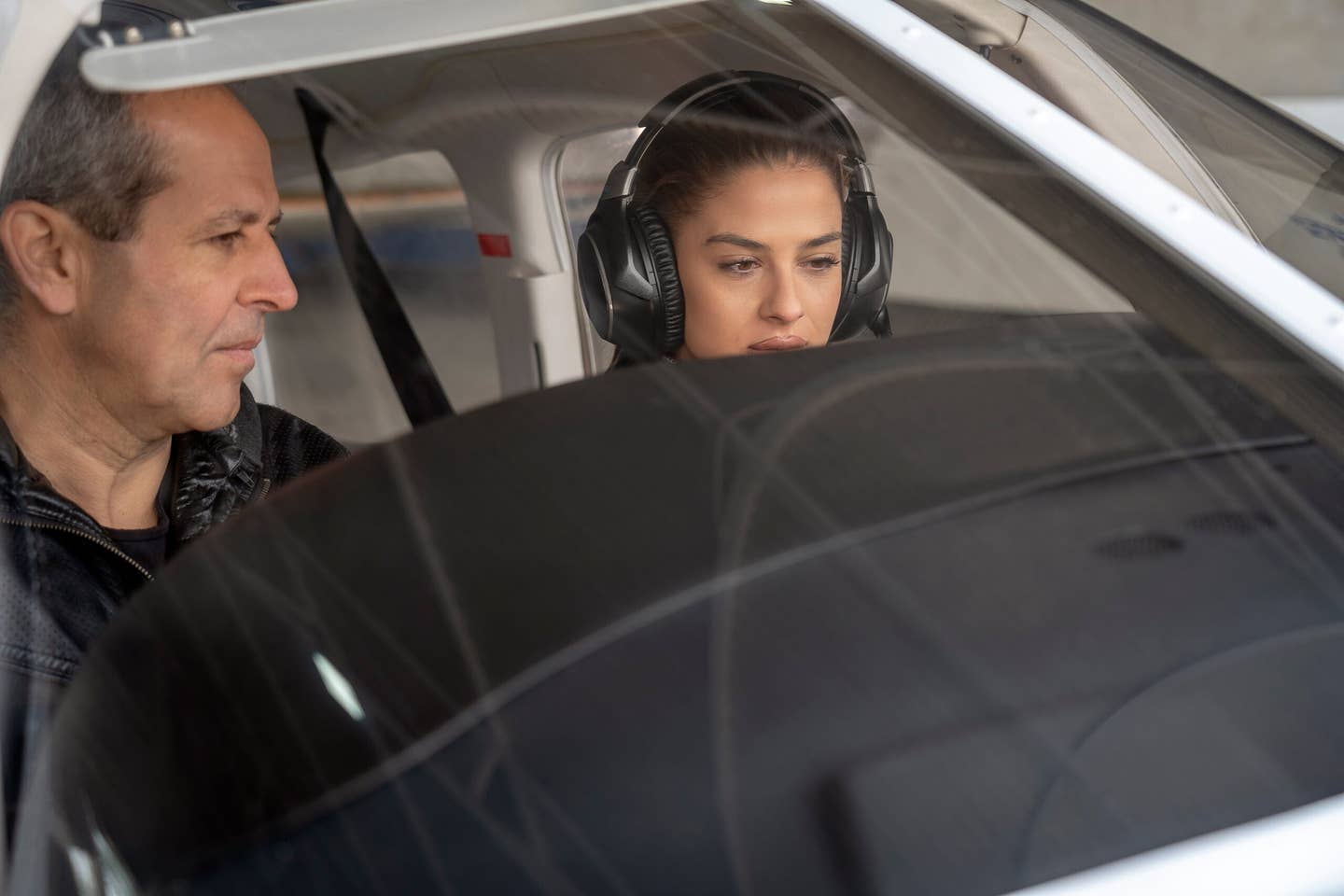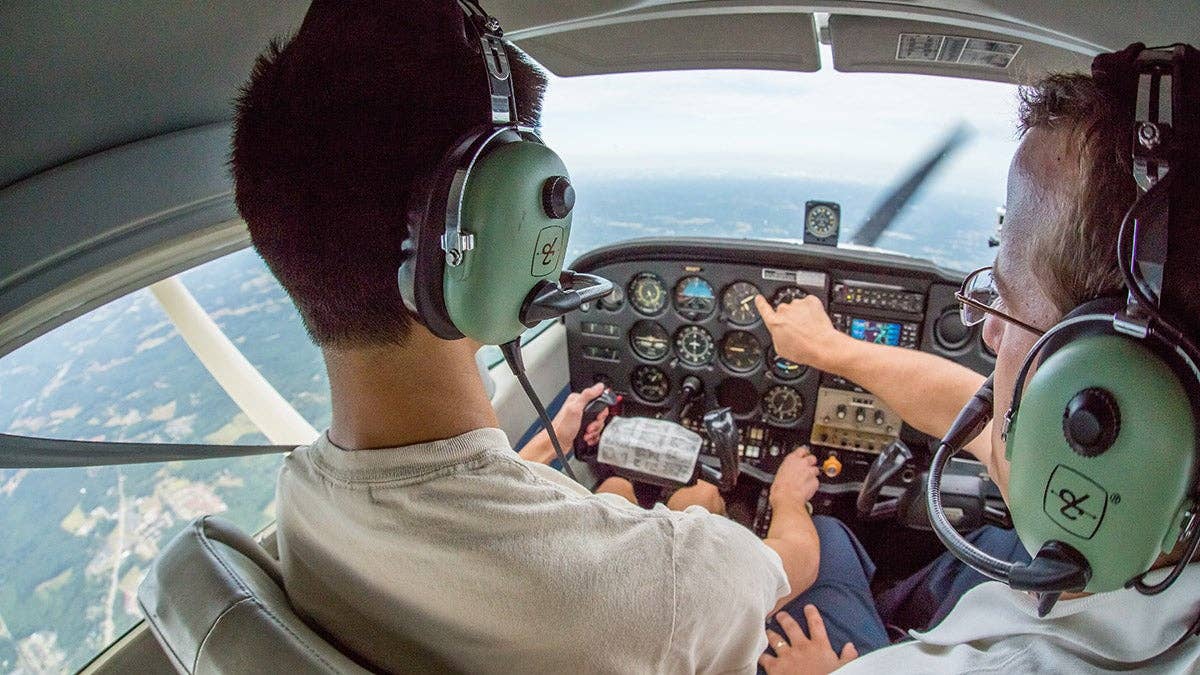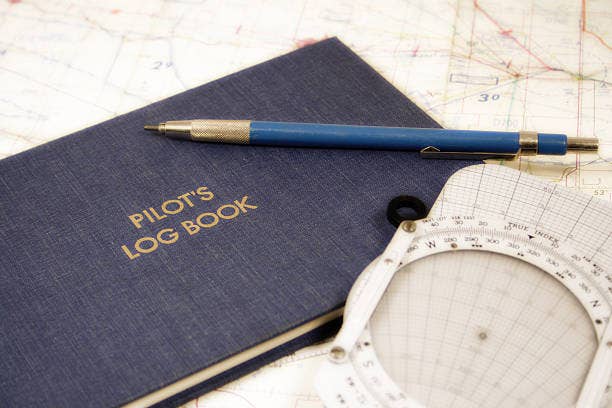
** Two experts weigh in on how to expedite
the path to a private pilot’s license.** Mark Phelps
What can a student pilot do to reduce the number of hours needed to complete a private pilot’s license?
Michael Goulian has been involved in aviation since the mid-1980s, since his parents started Executive Flyers Aviation in Massachusetts. He is a CFI-I and ATP with multiple jet-aircraft type ratings. He has spent the last 15-plus years flying airshows, has won aerobatic championships and airshow showmanship awards, and has written books and given seminars on aerobatics. He says:
With the advent and proliferation of GPS, glass cockpits and in-flight weather technology, modern private pilots spend too much time with their head in the cockpit “chasing the needles.” In other words, current student pilots are not being taught the “pitch plus power equals performance” method of flying.
What does this mean? It means that student pilots do not really understand how to fly an airplane precisely and safely without the aid of the cockpit instruments.
Student pilots and CFIs alike can certainly tell you what the Vr, Vx and Vy speeds are for their airplanes, but they probably can’t tell you what the respective pitch attitudes are for those speeds. And when I say pitch attitude, I mean the “picture” out of the windscreen.
When you’re taking off and climbing out, do you stare at the airspeed indicator and then occasionally look out the window, or do you set the climb attitude by visual reference outside the windscreen and then just very occasionally cross-check the ASI for fine-tuning?
If you were in the latter group, I would guess that you soloed in less than 25 hours and speed control has never been a problem for you. If you were in the prior group, I’m guessing that you spend a lot of time chasing the needles because your main reference for speed control is the airspeed indicator and not the attitude of the nose as seen through the windscreen.
I recommend taking your next dual flight with the airspeed and attitude indicators covered up and performing all of the basic maneuvers without the aid of those instruments. By removing them from your scan, you will, by necessity, start getting your speed information from your view out of the windscreen combined with your engine power and not from the airspeed indicator.
So stop staring at the instruments and learn to love the picture through the windscreen. Your precision will increase, your workload will decrease, and your stress associated with trying to pilot the airplane will go away. By enhancing your flying skills in this way, you will obtain your private pilot license with fewer hours and reduce your cost as a result.
**
_Nancy Ritter** holds a Bachelor of Science degree in aviation science and management from St. Francis College of Brooklyn, New York. In October 1992, she joined FlightSafety Academy as a student and later became a flight instructor. Nancy continued her career at FlightSafety Academy and is assistant center manager, chief pilot and director of training for Part 141 and 142 training. She says:_
In order to decrease the time and associated costs in obtaining a private pilot license, the student pilot must be prepared mentally, physically and financially. FlightSafety feels strongly that some of the most important groundwork a potential pilot can do before initiating his or her training is to research subject matter prior to training, allocating use of time in the most efficient way possible, and to know fully the anticipated costs of the training related to the private pilot course.
Know as much subject matter and associated FAA material as possible prior to starting training. This will give you insight as to the areas of knowledge necessary to obtain the license. These documents can be obtained online.
Make sure you have adequate time in your schedule to train. Extending the duration between lessons decreases proficiency and increases cost due to repetition of previously learned material. This also includes study time, not just the number of flight hours. Ensuring that you are prepared for each lesson, committing yourself fully to your studies and eliminating distractions can help shorten the time it takes to complete the training successfully.
Research the expected cost of the licensing and make every effort to have all of those funds available before you start training. This will decrease the possibility of having to take a break. Many students make the mistake of not preparing in advance for what is expected financially, and it ultimately creates delays in achieving their license.
A potential flight student preparing to start his or her private pilot license training should know that having the proper research and preparation secured is key to the success of beginning a prosperous career of flying. FlightSafety strongly believes that the best safety device in any aircraft is a well-trained pilot.

Sign-up for newsletters & special offers!
Get the latest FLYING stories & special offers delivered directly to your inbox

